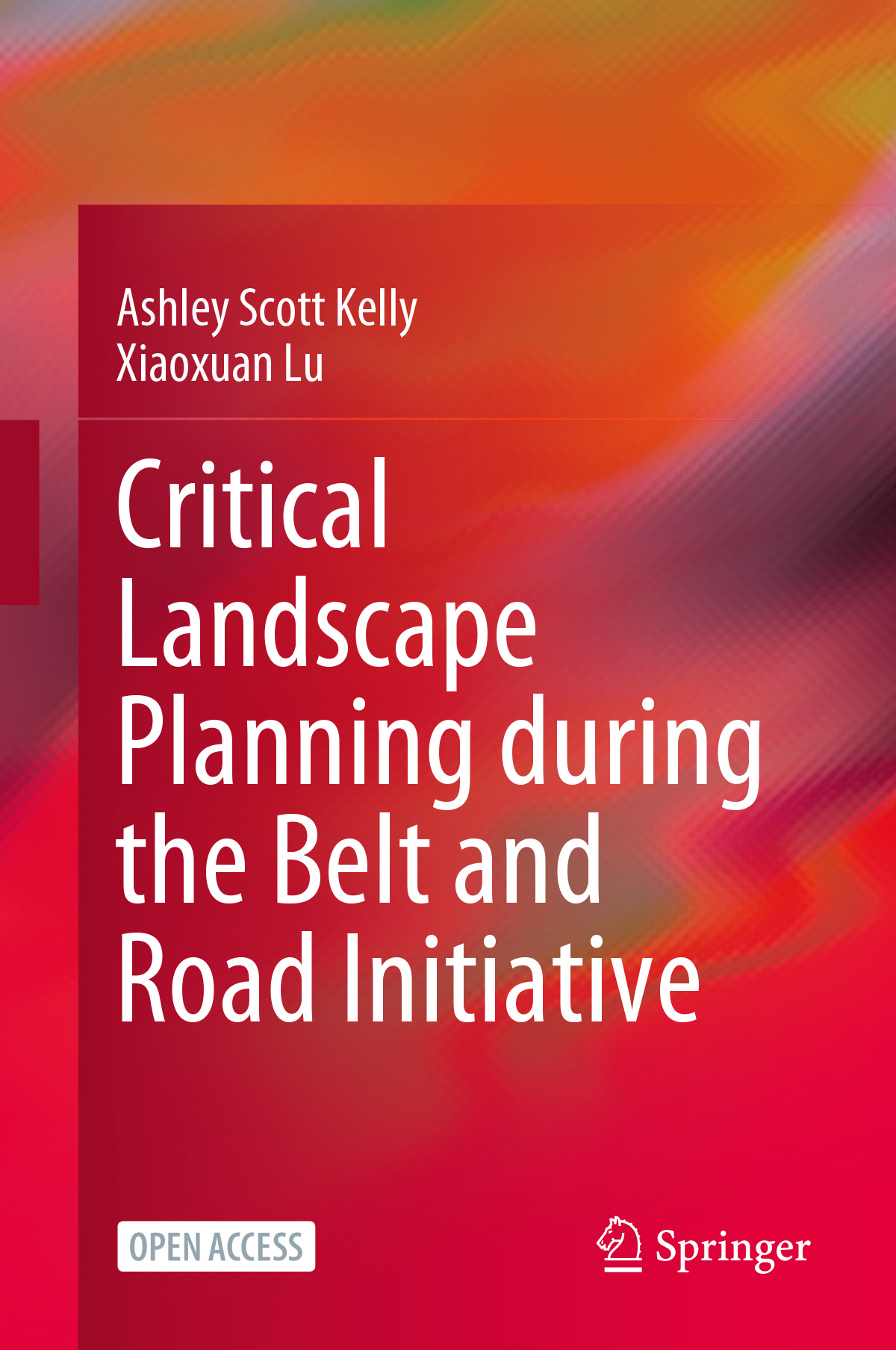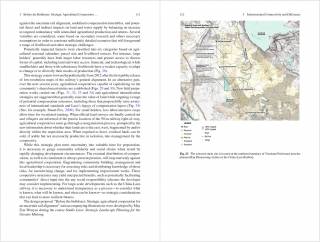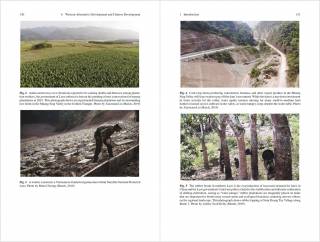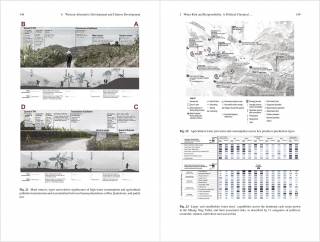Backcover text:
This open access book traces the development of landscapes along the 414-kilometer China–Laos Railway, one of the first infrastructure projects implemented under China's Belt and Road Initiative (BRI) and which is due for completion at the end of 2021. Written from the perspective of landscape architecture and intended for planners and related professionals engaged in the development and conservation of these landscapes, this book provides history, planning pedagogy and interdisciplinary framing for working alongside the often-opaque planning, design and implementation processes of large-scale infrastructure. It complicates simplistic notions of development and urbanization frequently reproduced in the Laos–China frontier region. Many of the projects and sites investigated in this book are recent "firsts" in Laos: Laos's first wildlife sanctuary for trafficked endangered species, its first botanical garden and its first planting plan for a community forest. Most often the agents and accomplices of neoliberal development, the planning and design professions, including landscape architecture, have little dialogue with either the mainstream natural sciences or critical social sciences that form the discourse of projects in Laos and comparable contexts.
Covering diverse conceptions and issues of development, including cultural and scientific knowledge exchanges between Laos and China, nature tourism, connectivity and new town planning, this book also features nine planning proposals for Laos generated through this research initiative since the railway's groundbreaking in 2016. Each proposal promotes a wider "landscape approach" to development and deploys landscape architecture's spatial and ecological acumen to synthesize critical development studies with the planner's capacity, if not naive predilection, to intervene on the ground. Ultimately, this book advocates the cautious engagement of the professionally oriented built-environment disciplines, such as regional planning, civil engineering and landscape architecture, with the landscapes of development institutions and environmental NGOs.
- Book: Kelly, A. S., & Lu, X. (2021). Critical Landscape Planning during the Belt and Road Initiative. Singapore: Springer. https://doi.org/10.1007/978-981-16-4067-4
- Speaker: Kelly, A. S., & Lu, X. (2019). Landscape perspectives on cross-border expertise and knowledge flows. Talk delivered at Land Information Working Group: Special Economic Zone and infrastructure investments in Laos to a forum of NGOs and civil society organizations from several ASEAN countries, Vientiane, Laos.
- Speaker: Kelly, A. S. (2018). Engaging infrastructure development through critical design practice: Campaigns in Southeast Asia. Talk delivered to Environmental, Geostrategic, and Economic Dimensions of the Silk Road Economic Belt, hosted by Duke-Kunshan University and Duke University’s Nicholas Institute for Environmental Policy Solutions and Center for International and Global Studies, China.















Chapter 1: Introduction: Landscape as Development
1 Introduction
2 Critical Interventions
3 Landscape Planning as Sustainable Development
4 A Definition of Critical Landscape Planning
5 Organization of This Book
Part I: Framing
Chapter 2: A Pedagogy of Critical Landscape Planning
1 Introduction
2 Critical Approaches to Landscape Planning
3 Holding Cultural-Technological Positions in Landscape Planning
4 Ensuring Transdisciplinarity Through Culturing and Socialization
5 Process-Oriented Development and Planning "Projects"
6 Conclusion
Chapter 3: From Land-Locked to Land-Linked?
1 Introduction
2 The Colonial Period: Integrating Laos into the Colonial Space of Indochina
3 Cold War Period: Integrating Laos into the US Sphere of Influence
4 Post-Cold War Period: Integrating Laos into Global Markets
5 Conclusion
Chapter 4: Locating Discourses and Narratives for Intervention
1 Introduction
2 The Politics of Land-Use Planning
3 Sustainable Development Paradigm
4 Frontier Resourcification
5 The Promise of Infrastructure
6 Conclusion
Part II: Strategies
Chapter 5: Infrastructural Connectivity and Difference
1 Introduction
2 Curating Rural Connectivity: Strategic Maintenance of Temporary Access Roads of the China-Laos Railway
3 Before the Bulldozer: Strategic Agricultural Cooperation for an Uncertain Rail Alignment
Chapter 6: Western Alternative Development and Chinese Development
1 Introduction
2 Low-Labor Landscapes: An Agricultural Response to Short-Term Construction Employment on the China-Laos Railway
3 Water Risk and Responsibility: A Political-Chemical Land Genealogy for the Muang Sing Valley, Laos
Chapter 7: Chinese Mass Nature Tourism and Ecotourism
1 Introduction
2 Negotiating with Ethno-Ecology: Landscape Management Strategies for Northern Laos's Ecotourism Boom
3 Living Heritage: Redefining Protections for Urban Expansion in Luang Prabang
Chapter 8: Northern Scientific Knowledge and Indigenous Knowledge
1 Introduction
2 Scientific Stewardship: Indigenous and Ecosystem Territories Across the China-Indochina Peninsula Economic Corridor
3 Empowering a Labor Transition During Enclosure and Securitization of Luang Prabang's Natural Heritage
4 Clean Versus Organic: Strategic Agricultural Enterprises for Vientiane Under Rural–Urban Migration
